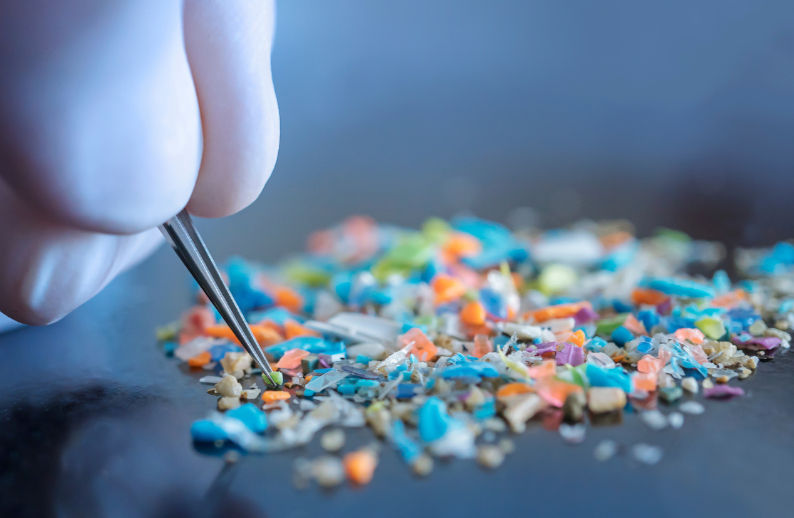Driving is the new smoking: Lessons from America’s public health victory over tobacco
- Dennis Ketterman
- May 26, 2023
- 2 min read
Updated: Nov 21
In terms of the dangers to the public, driving is similarly if not more deadly than smoking.

The success was so profound, the Center for Disease Control labeled it one of the ten greatest public health achievements of the 20th century. And those efforts reveal a partial road-map for breaking our country’s similarly dangerous addiction to cars.

Car-free streets are often some of the most popular destinations in any city. Closing a street to cars trades a small inconvenience to some drivers in order to unlock a massive benefit for everyone else. And if those drivers use that inconvenience to reconsider whether they want to keep using a car for that particular trip in the first place, then both goals are met.
In terms of the dangers to the public, driving is similarly if not more deadly than smoking. The distinction, of course, is that while smoking serves no material social interest, driving, regretfully, still does for many people in the US (thanks to the country’s sprawl and under investment in public transit).
With both tobacco and car use, the problem is economic at its core: the safest solution, usage reduction, is antithetical to the business aims of the industry, and thus a non-starter.
Second to cost, policies impacting convenience were the next most effective intervention in anti-smoking efforts, specifically clean air laws that prevented smoking in nearly all public places. Like taxes, the relative ubiquity of the intervention really maximized its impact. Within the course of about one decade, smoke-free laws went from basically nowhere to a majority of the country.
Simply put, there is no world in which we can maximize safety and continue our current path of car usage. The safest car trip is the one that never takes place in the first place.
Click on the logo below to read the entire article.





Comments